
Ferrari roars in Baku: inside a dramatic Friday at the 2025 Azerbaijan GP
The 2025 Formula 1 World Championship arrived on the shores of the Caspian Sea for Round 17, the Azerbaijan Grand Prix, with a sense of impending coronation. McLaren, the dominant force of the season, stood on the precipice of securing their second consecutive Constructors’ Championship, a feat they could achieve this very weekend with seven races still to spare if they outscored Ferrari by nine points. The team’s internal battle for the drivers’ crown was equally intense, with championship leader Oscar Piastri holding a slender 31-point advantage over his charging teammate, Lando Norris. Yet, the chosen venue for this potential celebration was the Baku City Circuit—a track notorious for its chaotic blend of Monaco’s claustrophobic, wall-lined twists and Monza’s ferocious, slipstream-friendly straights. It is a circuit that rewards bravery but punishes the slightest miscalculation with brutal finality.
Friday’s practice sessions delivered on that promise of drama, presenting a stunning reversal of fortunes that shattered pre-weekend predictions. The day began as expected, with McLaren stamping their authority on the field in Free Practice 1, securing a commanding 1-2 finish that seemed to signal another weekend of papaya dominance. However, the afternoon session saw their seemingly unstoppable momentum come to a literal and figurative crash. In a disastrous turn of events, both Norris and Piastri found the unforgiving barriers, leaving the team in disarray. Seizing the opportunity with both hands was a resurgent Scuderia Ferrari. Lewis Hamilton, a driver who has endured a challenging debut season in red, rediscovered his form in spectacular fashion, leading a dominant Ferrari 1-2 in Free Practice 2. The session completely upended the competitive order, transforming a potential McLaren parade into a wide-open battle and setting the stage for a thrillingly unpredictable weekend in the ‘Land of Fire’.
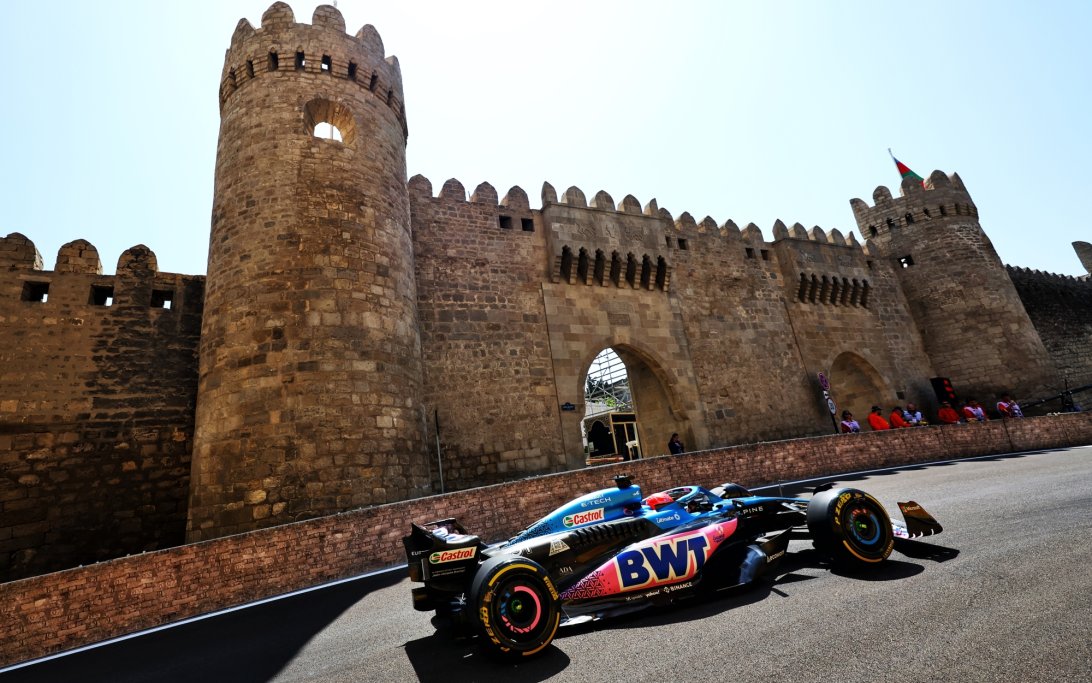
FP1 recap: McLaren lays down a marker in red-flagged session
Opening gambits
As the green light illuminated the pit exit for the first 60-minute practice session, the unique challenges of the Baku City Circuit were immediately apparent. Under cloudy but dry skies, the track surface was slippery and low on grip, a classic “green” street circuit condition that caught several drivers off guard. Kick Sauber’s Gabriel Bortoleto was an early victim, locking up and taking to the Turn 3 run-off area, a testament to the treacherous braking zones. The session was punctuated by a series of minor but telling issues: George Russell reported a “burning” smell from his Mercedes cockpit, while Alex Albon’s Williams shed one of its mirrors, littering the track with small debris and setting a tone of mechanical fragility and unpredictability.
The red flag and its unforeseen consequences
Just 15 minutes into the session, a more significant incident brought proceedings to a halt. The first red flag of the weekend was deployed to address an issue at the exit of the high-speed Turn 16. Replays quickly identified the culprit: Carlos Sainz’s Williams had run over the kerbing, dislodging a rubber strip and leaving it dangerously loose on the racing line. What followed was a lengthy 25-minute delay as marshals worked diligently to repair the damaged kerb, a frustrating interruption that severely compromised every team’s carefully structured run plan and cost them invaluable track time on a circuit where building a rhythm is paramount.
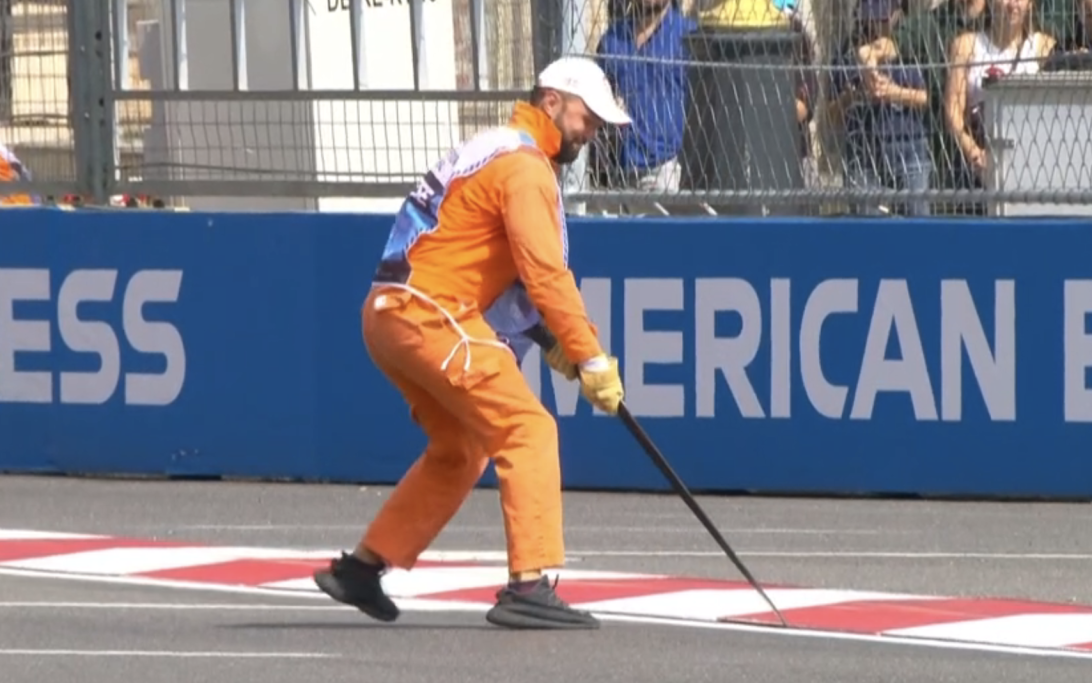
For one driver, however, this disruption proved to be an extraordinary stroke of luck. Early in the session, after completing just two laps, championship leader Oscar Piastri was urgently called back to the pits with a power unit issue that threatened to end his session prematurely. The timing of the subsequent red flag was, for McLaren, perfect. The 25-minute stoppage provided the team’s mechanics with a crucial window to diagnose and rectify the PU problem. This work was completed while the session clock was ticking down but with no on-track activity possible for any competitor. As a result, Piastri lost a minimal amount of competitive track time relative to his rivals, who were also confined to their garages. He was able to rejoin the action the moment the track went green, a fortunate turn of events that allowed him to complete his program and secure a strong result, masking the team’s early reliability scare.
McLaren’s deceptive dominance
When the session resumed with just over 20 minutes remaining, McLaren immediately showcased their formidable pace. Lando Norris, who had already topped the timesheets before the stoppage, continued where he left off, setting a blistering lap of 1:42.704s on the soft C6 tyres. This time was enough to place him a comfortable 0.310s ahead of his teammate Piastri, who recovered brilliantly from his earlier scare to complete a dominant 1-2 for the Woking-based team. The performance was a powerful statement of intent, suggesting that, despite the early hiccup, McLaren possessed a clear pace advantage over the rest of the field.

Struggles elsewhere
While McLaren soared, other top contenders faltered. Lewis Hamilton endured a scruffy and difficult session, ultimately finishing a lowly 13th. His struggles were encapsulated by an incident where he clipped the inside wall on entry to Turn 5, resulting in a puncture and front wing damage that forced a premature return to the pits. Max Verstappen also cut a frustrated figure in the Red Bull. The four-time champion was audibly unhappy with his car’s braking performance, complaining that it was “coming off the ground under braking”. His frustration culminated in abandoning a final fast lap after a mistake sent him into the Turn 15 escape road, leaving him seventh on the timesheets and over a second off the pace.
FP2 recap: carnage for McLaren as Ferrari seizes command
A tale of two sessions
If the morning session painted a picture of McLaren’s continued supremacy, the afternoon’s Free Practice 2 session tore that canvas to shreds. Held in conditions more representative of those expected for qualifying and the race, the second hour of running saw a dramatic reshuffling of the competitive order, defined by a calamitous session for the championship leaders and a stunning display of force from Ferrari.
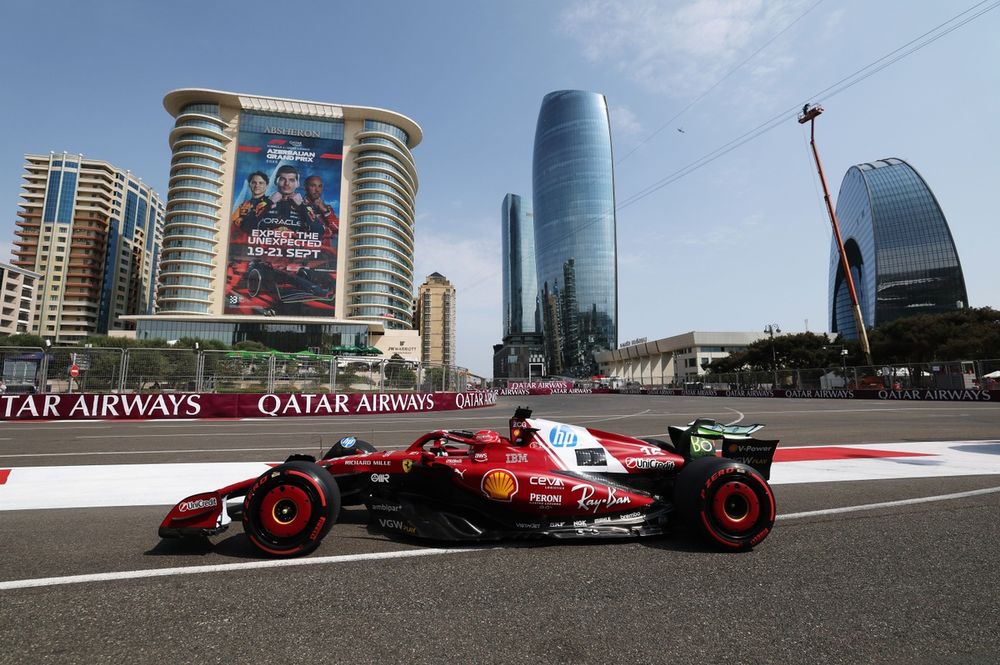
McLaren’s meltdown
The session unraveled for McLaren in spectacular fashion. Lando Norris, the pacesetter from FP1, saw his afternoon come to an abrupt end just 30 minutes in. Pushing the limits on the exit of the fast Turn 4, he swiped the wall with his left-rear wheel, inflicting significant damage to his car’s suspension. Although he managed to limp the car back to the pits, the damage was too severe to repair in time, and his session was over. Norris later described the incident as a “small but costly mistake,” a frank admission of an error that not only compromised his qualifying simulations but, crucially, meant he missed the entirety of the vital long-run race simulations, leaving him with a significant data deficit for Sunday.
Just minutes after Norris’s incident, disaster nearly struck again for the papaya team. Championship leader Oscar Piastri had his own brush with the barriers, glancing the Tecpro guard on the exit of the tricky, off-camber Turn 15. While the impact was less severe and he escaped significant damage, it forced him to abandon his soft-tyre qualifying simulation, leaving him a disappointing 12th in the final classification. To compound his difficult session, Piastri was summoned to the stewards for an alleged yellow flag infringement, though he was ultimately handed only a reprimand after it was determined the flag was withdrawn a split-second after it became visible to him.

Ferrari’s resurgence
As McLaren faltered, Ferrari surged. Lewis Hamilton, who had looked out of sorts in the morning, delivered a masterful performance to top the timesheets with a lap of 1:41.293s. It was a display of precision and confidence that suggested a potential turning point in his season. His performance was powerfully underscored by his teammate, Charles Leclerc, who finished just 0.074s behind in second place. The result reinforced Leclerc’s reputation as a Baku specialist, a driver who has claimed an incredible four consecutive pole positions at this circuit and once again looked completely at one with the demanding layout.
The best of the rest
Behind the dueling Ferraris, Mercedes emerged as a significant threat. The team enjoyed a quietly consistent and productive session, with George Russell securing third and rookie Kimi Antonelli an impressive fourth, firmly establishing the Silver Arrows as contenders for the front rows of the grid. In contrast, Red Bull’s struggles continued. Max Verstappen could only manage sixth place, still expressing dissatisfaction with the braking performance of his RB21. The surprise of the session, however, came from the Haas team. Young British driver Oliver Bearman delivered an outstanding performance to finish fifth, with teammate Esteban Ocon also placing in the top 10 in eighth, a hugely encouraging result for the American outfit.
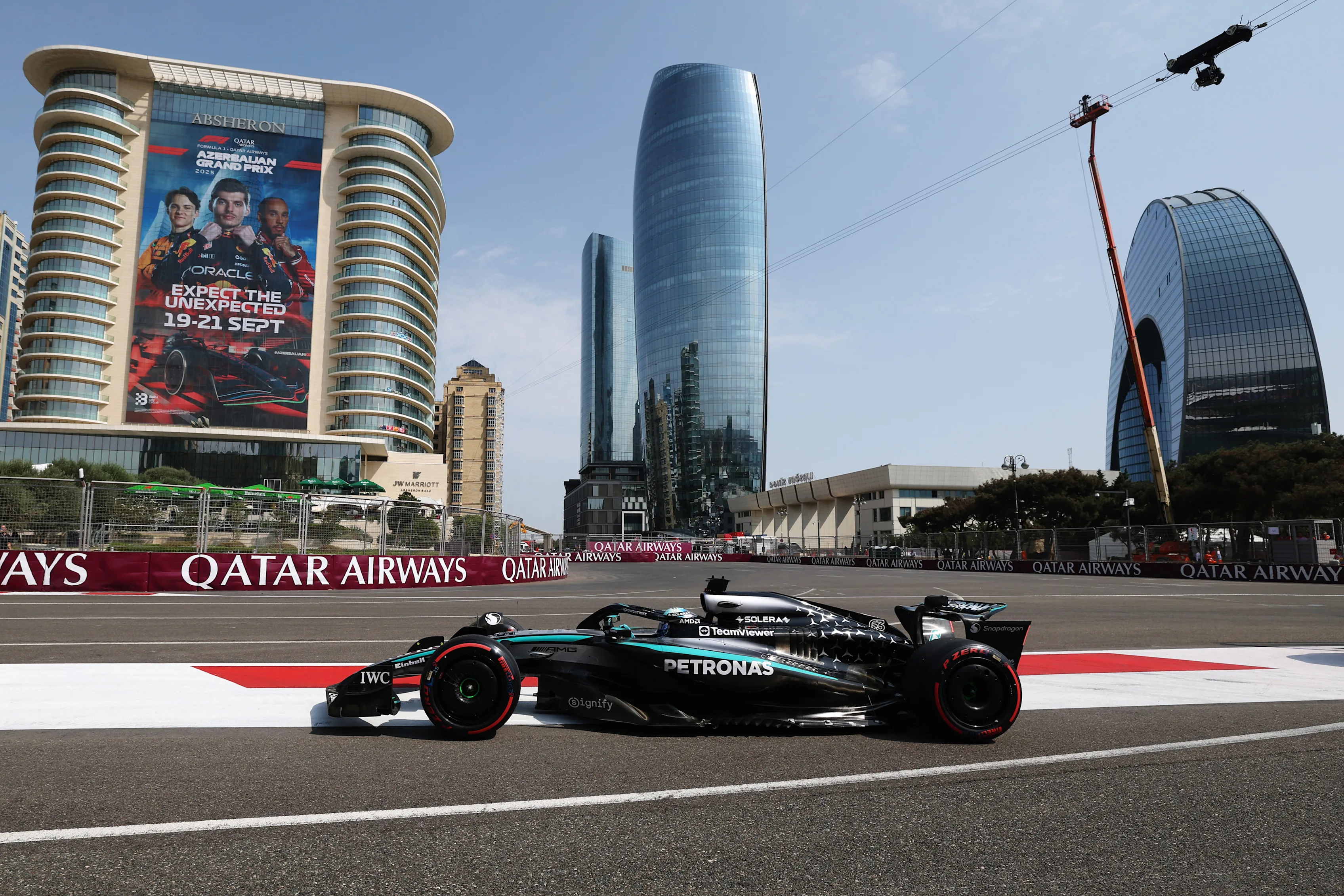
Friday deep dive: key takeaways from the streets of Baku
The great tyre conundrum: is softer really faster?
Beyond the headline times, Friday's running revealed a fascinating strategic puzzle that could define the outcome of qualifying. Pirelli's decision to bring its softest range of compounds—the C4 (Hard), C5 (Medium), and C6 (Soft)—was an aggressive move designed to discourage a simple one-stop race and introduce more strategic variability. However, this choice has created an unexpected and highly unusual dilemma for the teams.
The C6 soft tyre, typically the go-to choice for a single-lap qualifying effort, proved to be temperamental. Several teams and drivers struggled to keep the compound within its narrow optimal temperature window for an entire lap of the long Baku circuit. This has led to the intriguing possibility that the more durable C5 medium compound could actually be the faster tyre over one lap, or at least have a more accessible performance window. This theory was lent credence early in FP2 when Hamilton set a provisional fastest time on the medium rubber. This situation creates a high-stakes poker game for qualifying. Teams have a very limited allocation of the C5 medium tyres, transforming what is normally a straightforward performance choice into a complex resource management problem. Teams must now gamble: Do they use a precious set of mediums in FP3 to verify their pace? Do they risk using the trickier C6 softs in the early qualifying segments to save a fresh set of mediums for the final shootout for pole position? This single factor has fundamentally altered the strategic landscape and could be the decisive element in Saturday's qualifying battle.
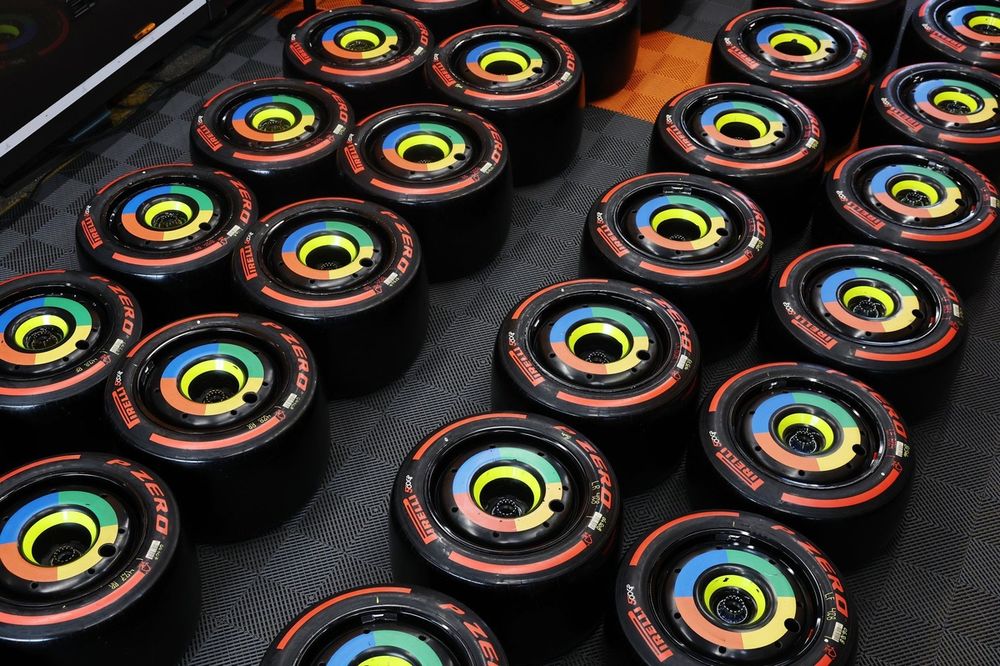
Race pace analysis: Ferrari's early edge, McLaren's data black hole
The long-run simulations conducted in the latter half of FP2 provided the first glimpse into potential race pace, and the picture was starkly different from the single-lap times. Ferrari's race simulations appeared formidable, with both drivers showing strong and consistent pace, establishing the Scuderia as the early favorite for Sunday's Grand Prix. Mercedes also demonstrated promising long-run speed, positioning themselves as Ferrari's most likely challenger.
The most critical takeaway, however, was the alarming lack of data for McLaren. Lando Norris's crash meant he completed zero long-run laps, leaving him completely blind to how the car and tyres will behave over a race stint. While Oscar Piastri was able to complete some race simulations, his program was also compromised by his earlier incident. This significant data deficit represents a massive handicap for the championship-leading team, forcing them to rely on theoretical models and their teammate's limited data heading into a race at one of the most unpredictable venues on the calendar.

Baku's unforgiving walls
Friday served as a brutal reminder that the Baku City Circuit punishes every mistake. Beyond the high-profile incidents for the McLaren drivers, the sessions were littered with close calls and minor contacts. Max Verstappen, Lewis Hamilton, and Liam Lawson were among the many drivers who made use of the escape roads after locking up under braking. Alex Albon and Carlos Sainz also had their own wall-tapping moments that, while not session-ending, underscored the fine margins between a fast lap and a costly repair bill. This constant threat reinforces the theme that driver confidence and a clean, mistake-free lap will be the most valuable commodities in the high-pressure environment of qualifying.
From the Paddock: drivers and team principals react
Ferrari's confident optimism
The mood in the Ferrari camp was palpably positive after a stellar Friday. Lewis Hamilton, buoyed by his P1 finish, described it as a "constructive day" and "probably my best FP2 of the year so far". He revealed that setup changes, particularly to the brakes, had helped him build confidence lap by lap. Charles Leclerc, ever the Baku specialist, echoed this sentiment, stating, "I think there's more potential this weekend," a confident declaration from the man who has owned qualifying here for the past four years.

McLaren's frustrated realism
In stark contrast, the McLaren debriefs were filled with frustration and a sense of a missed opportunity. Lando Norris was blunt in his assessment of his FP2 crash, calling it a "small but costly mistake" but adding, "I'd rather push and find the limits, than not get anywhere near". Oscar Piastri summarized his day as "mixed," acknowledging that "the pace is there but it hasn't been the easiest to extract it". Team Principal Andrea Stella provided a candid overview of a "disruptive Friday," admitting that due to the various incidents, the team "didn't have a chance to demonstrate our true pace this afternoon".
Red Bull's cautious assessment
For Red Bull, it was a day of diligent data gathering rather than headline-grabbing pace. Max Verstappen offered a measured take, stating the day "wasn't too bad" but that the team is "still working to find more on the one lap". He did note, however, that the "long runs felt okay," suggesting that their race pace might be stronger than their single-lap performance indicates.

Mercedes' quiet progress
While Team Principal Toto Wolff had not commented post-session, his pre-weekend remarks proved prophetic. He had emphasized that "small margins will make a big difference" and that the team needed to "perform better" than they did at the previous round in Monza. His team's strong and consistent 3-4 finish in FP2 suggests they have heeded his call and are well-positioned to capitalize on any further mistakes from their rivals.
The stage is set: high-stakes qualifying looms
A tumultuous opening day in Baku has completely reshaped the narrative of the Azerbaijan Grand Prix. What began as a weekend poised for a McLaren coronation has been violently thrown into question by their own unforced errors and a formidable display from their rivals. As the teams analyze a mountain of conflicting data overnight, a series of tantalizing questions hang in the air, setting the stage for one of the most anticipated and crucial qualifying sessions of the 2025 season.
Key questions for Saturday
- Leclerc's Pole Streak: Can Charles Leclerc, the undisputed one-lap king of Baku, defy the pressure and secure a historic fifth consecutive pole position at this circuit?
- Hamilton's Resurgence: Was Lewis Hamilton's blistering FP2 pace a genuine breakthrough, signaling a return to form that makes him a true contender for his first pole position in Ferrari red?
- McLaren's Recovery: Can McLaren's world-class engineers and drivers overcome their critical lack of long-run data and the psychological blow of their FP2 mistakes to bounce back and challenge at the front? Or will Friday's chaos compromise their entire weekend?
- The Tyre Wildcard: How will the fascinating C5 versus C6 tyre dilemma play out in the heat of qualifying? Which teams will gamble on the potentially faster but scarcer medium tyre, and will that gamble pay off in the fight for pole?
Friday's drama has served as the perfect appetizer. The dominant force of the season has shown a rare crack in its armor, while a resurgent Ferrari and a quietly confident Mercedes are poised to strike. On the streets of Baku, where chaos is always just a locked wheel away, Saturday's qualifying session promises to be an unmissable, high-stakes showdown.

